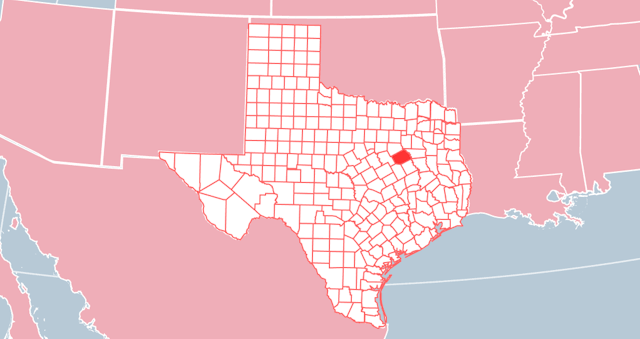
Rehabs in Navarro
Navarro County (NAV) with its county seat Corsicana is located in the state of Texas. As of the 2021 census, its population has increased from 0,95%-19.56% over the past 10 years. It registered 52,136 people in 2019.
However, it has not remained free from the use of drugs. This district is considered one of the least healthy districts in Texas. Alcohol-related driving deaths were 23% in 2019. There were 15 deaths from drugs in the same year. In contrast to the created extreme situation, there is a shortage of appropriate institutions here. So, the rest of Navarro County rehabs provide comprehensive programs to prevent risks.
Drug and Alcohol Evaluation
Before looking for an evaluation, clients must know its aims. Firstly, it starts with screening. In essence, it has a variety of tools. The most common one is the interview. It consists of questionnaires including the following topics:
- Previous usage of substances
- Present abuse issues
- Mental health problems
- Health concerns
- Wellbeing
- Relationships
If the test shows that the individual is addicted, an in-depth assessment takes place. Further stages include:
- Breath analyzer or blood alcohol testing
- Urine screening
Lastly, thanks to the evaluation, lead the client in the right direction.
Rehab Programs in Navarro County
Rehabs in Navarro County offer different types of outpatient settings. That is to say, residents must visit nearby areas for more intensive care and opioid treatment. Yet, everyone should be informed about the structure of programs. This will allow people to easily decide where to apply and how to help their loved ones.
Outpatient (OP)
OP is the first level of care designed for less addicted patients. It is a non-residential option that allows people to spend a few hours at clinics weekly.
Generally, the following methods are used:
- Group and individual therapy
- Family therapy
- Group and individual counseling
- Support services
- Education sessions
Along with living in the environment, receiving treatment in OP also helps patients gain coping skills.
Intensive Outpatient Program (IOP)
IOP as the second-level program stands in the middle of outpatient and partial hospitalization. Here, the curing process is more intensive than the OP. It also offers various types of therapies, counseling, and other methods.
Partial Hospitalization Program (PHP)
PHP is the third level of care. Among non-residential services, it is the most intensive plan of healing. It is useful for those who have completed a residential program and need further support. PHP is also beneficial for individuals who cannot choose the inpatient type for some reason. The causes can be financial issues, not having opportunities to spend nights at hospitals, and more.
Inpatient (IP) and Detox Programs
As the highest level of care, IP is designed for patients who need detoxification. This service is primarily for people with opioid addiction. During detox, the withdrawal process starts, which is harmful. Additionally, it requires 24-hour supervision. The fixed period for the duration in IP is 30-60-90 days. Nonetheless, it can last more than a year․
Specialty Rehabs
Specialized Texas rehabs situated throughout the state support anyone seeking help for addiction and abuse. They offer solutions for different groups of society.
The most complex type for physicians is a co-occurring disorder. That is, mental illness is accompanied by drug addiction. For this reason, psychiatrists, psychologists, and therapists work with clients. They show a holistic approach and personalized treatment.
Costs and Payment Methods
Prices for elite residential complexes are higher regardless of the programs. Above all, the main plan is based on the inpatient section. Then, they use methods that are not available in ordinary institutions. Consequently, all these conditions affect the price.
Payment Without Insurance
Insurance is not the only way to pay. Professional institutions accept various options. Among them are:
- Cash or self-payment
- Federal funding
- Government funding
In addition, no one will turn back without receiving treatment due to these payment options.
Addiction Treatment for Teens
The use of drugs is very common among American teenagers. In general, parents try to find solutions by themselves. However, it does not bring any benefit. Most of the family members make teenagers go to rehabilitation. They do not realize that forcing minors into an institution is not the best way.
For this purpose, clinics in this state use various methods to solve drug problems. Skilled counselors and clinicians willingly assist parents to overcome difficulties related to their children.
